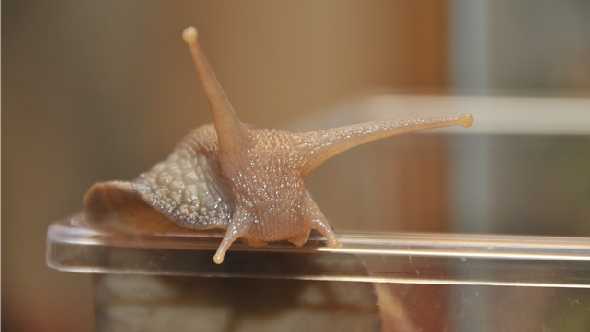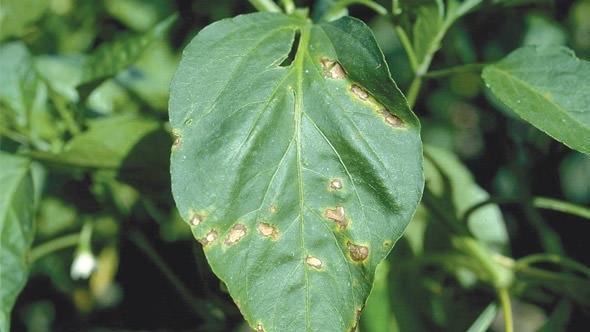Is Florida Finally Rid of the Giant African Land Snail?

The giant African land snail is a threat to more than 500 varieties of plants and agricultural commodities. Photo courtesy of FDACS-DPI
It doesn’t seem long ago that parts of South Florida were overrun with giant African land snails – an exotic pest capable of feeding on more than 500 varieties of plants and agricultural commodities, causing damage to plaster and stucco, and carrying a parasitic nematode that can lead to meningitis in humans.
The initial discovery of the voracious mollusk was made nearly seven years ago in Miami-Dade County. Since then, hundreds of thousands of snails in the area have been captured and eliminated. News about the slimy invaders has slowed in recent times. So, is the war coming to an end? Maybe.
Late last month, according to a Phytosanitary Alert System report from the National Plant Protection Organization, USDA’s Animal and Plant Health Inspection Service (APHIS) removed giant African land snail-regulated areas Zone F, Zone S, and Zone V from the list of quarantined areas in Miami-Dade County.
APHIS and the Florida Department of Agriculture and Consumer Services (FDACS) have an established protocol for removing areas from quarantine. Under the protocol, FDACS and APHIS use the following criteria to deregulate a quarantined area/zone:
- Surveillance and treatment efforts for 17 months with no detection of live giant African land snails;
- An additional 19 months of surveillance with no detection of live giant African land snails;
- A minimum of one negative detector dog survey; and
- A minimum of one negative night survey, when snails can be more active.
APHIS determined the noted areas met the protocol for removal from quarantine. APHIS and FDACS will continue to evaluate the invasive snail-infested areas to determine when they meet the criteria for eradication and deregulation.
A revised map and descriptions of the areas that remain regulated for giant African land snail are posted on the APHIS website.
Native to East Africa, the giant African land snail (Lissachatina fulica) is one of the largest land snails in the world, growing up to eight inches in length. Each snail can live as long as nine years. They are difficult to eliminate because they have no natural predators and reproduce rapidly, with adults laying up to 1,200 eggs per year.
This is not the first time South Florida has had to deal with the giant African land snail. The last reported outbreak and eradication of the pest in Florida occurred in 1966 when a boy smuggled three giant African land snails into Miami as pets. The boy’s grandmother released the snails into her garden and seven years later, more than 18,000 snails were found costing more than $1 million and taking an additional 10 years to successfully eradicate this pest from Florida. This is the only known successful giant African land snail eradication program.









